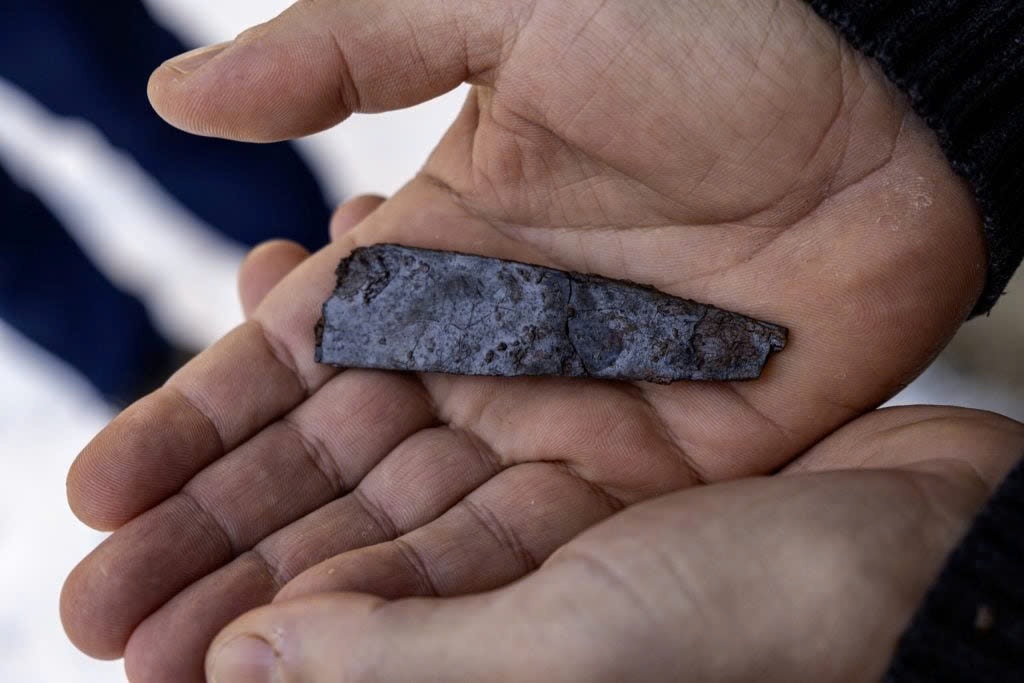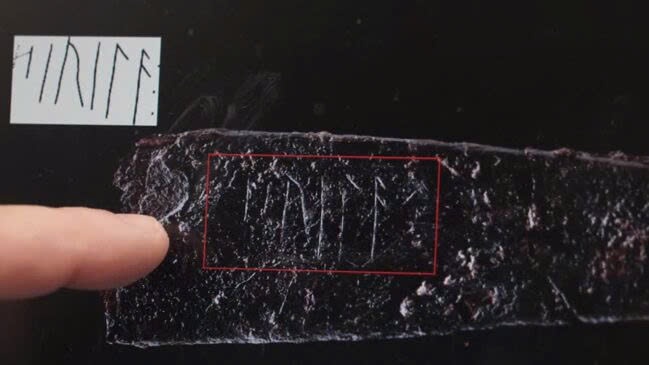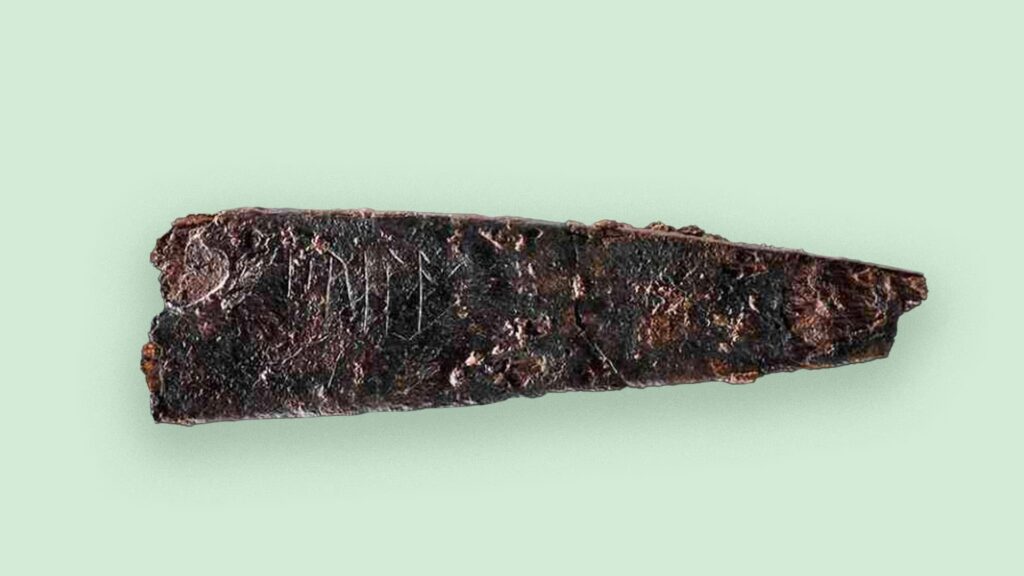A Remarkable Discovery in Odense

In a burial ground near Odense, Denmark, archaeologists have unearthed a small knife bearing the oldest runes ever found in the country. This extraordinary find, dating back to around 150 CE, offers unprecedented insights into Denmark’s early written language and cultural history.
From Overlooked Artifact to Historical Treasure

Jakob Bonde, a curator and archaeologist at Museum Odense, initially missed the significance of the knife. Only after thorough cleaning did he realize its true value, describing the discovery as “like getting a note from beyond, from the past.”
Decoding the Ancient Script

The knife’s blade is etched with five mysterious runes, providing a unique window into Denmark’s Iron Age. Runologist Lisbeth Imer from the National Museum emphasizes the importance of this find for understanding the region’s linguistic heritage.
Literacy: A Mark of Elite Status

In an era when few could read or write, the knife’s owner likely belonged to a “small intellectual elite.” This revelation offers valuable insights into the social structure and educational landscape of ancient Denmark.
A Contextualized Discovery
Predating the famous Jelling runestones by about 800 years, this knife, along with other artifacts like the “harja” inscribed bone comb found nearby, significantly enriches our understanding of early Danish writing.
Preserving the Past for Future Generations

As the Museum Odense prepares to exhibit the knife and other burial site artifacts, the archaeological community celebrates this rare and spectacular find. The discovery not only illuminates Denmark’s ancient past but also opens new avenues for scholarly research into the country’s rich cultural heritage.

